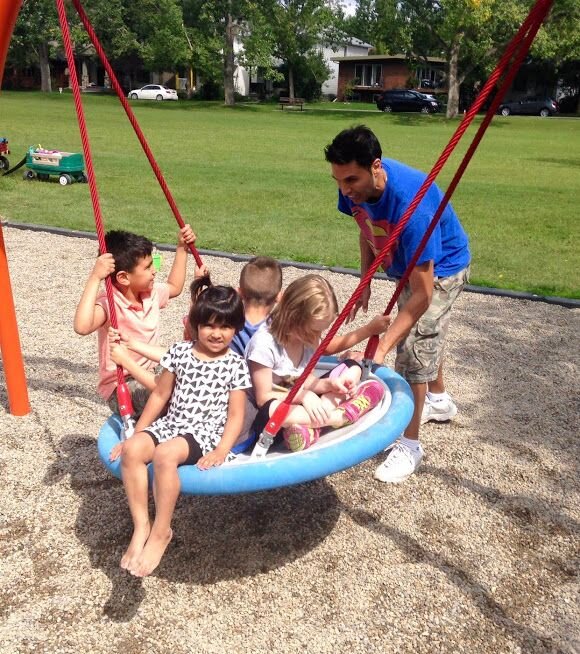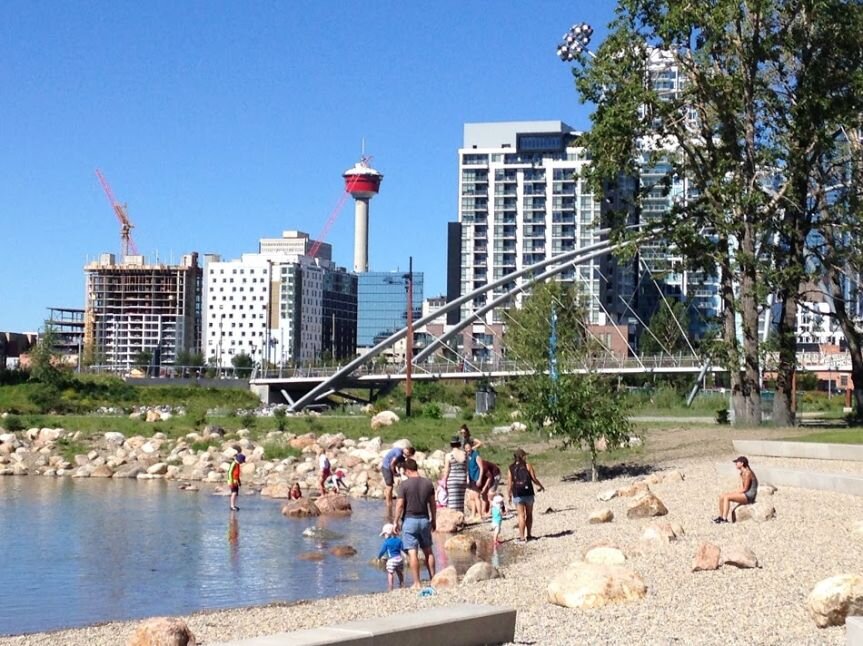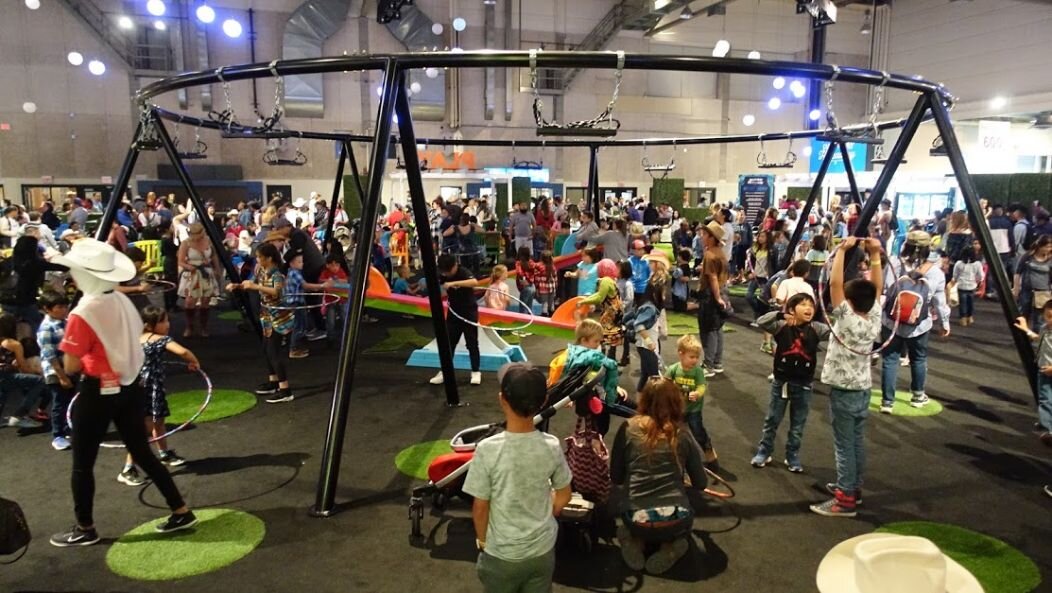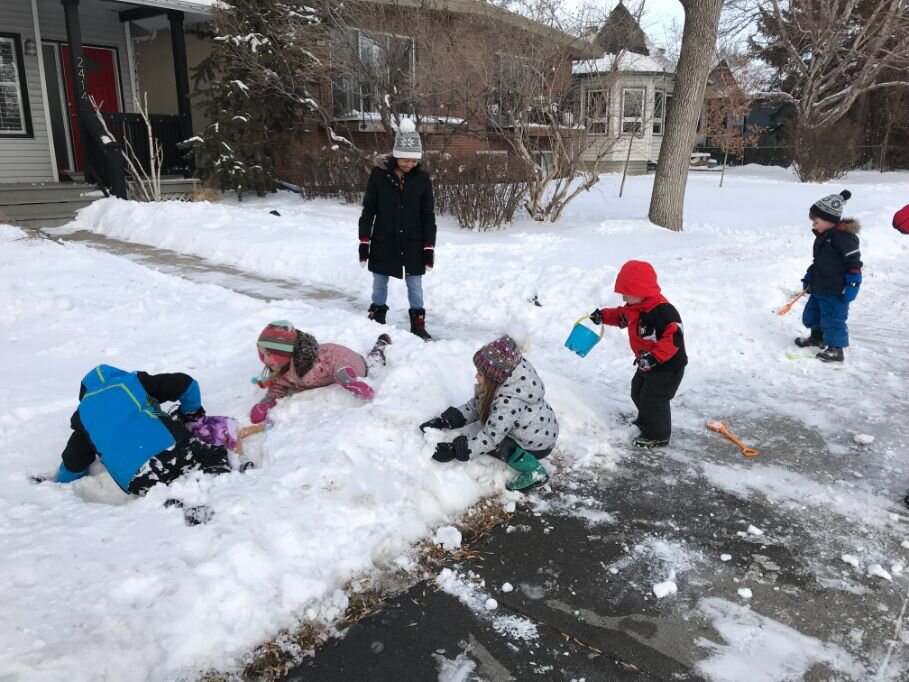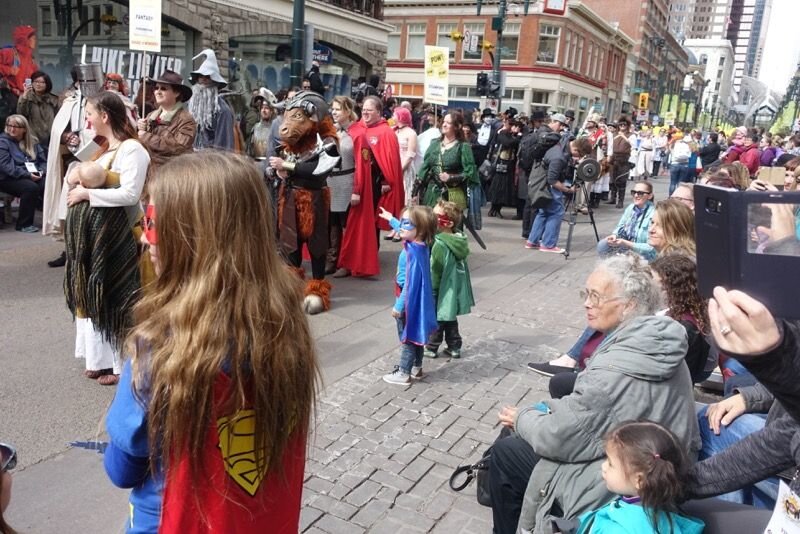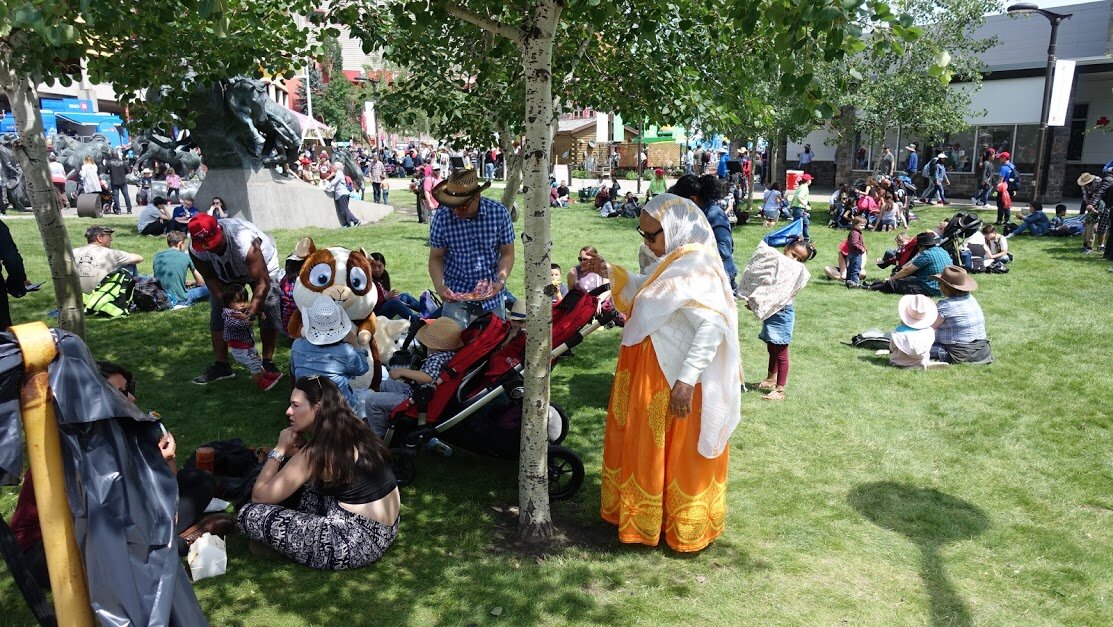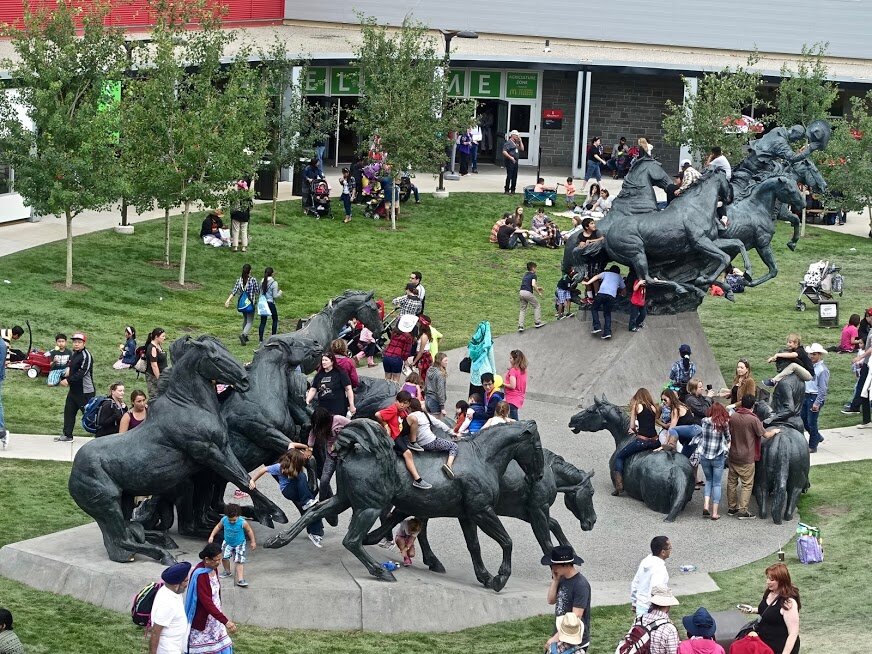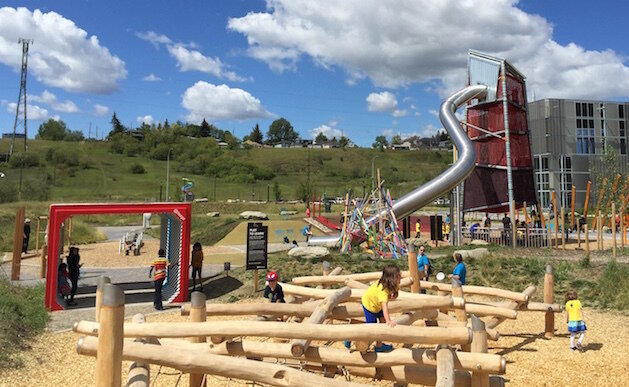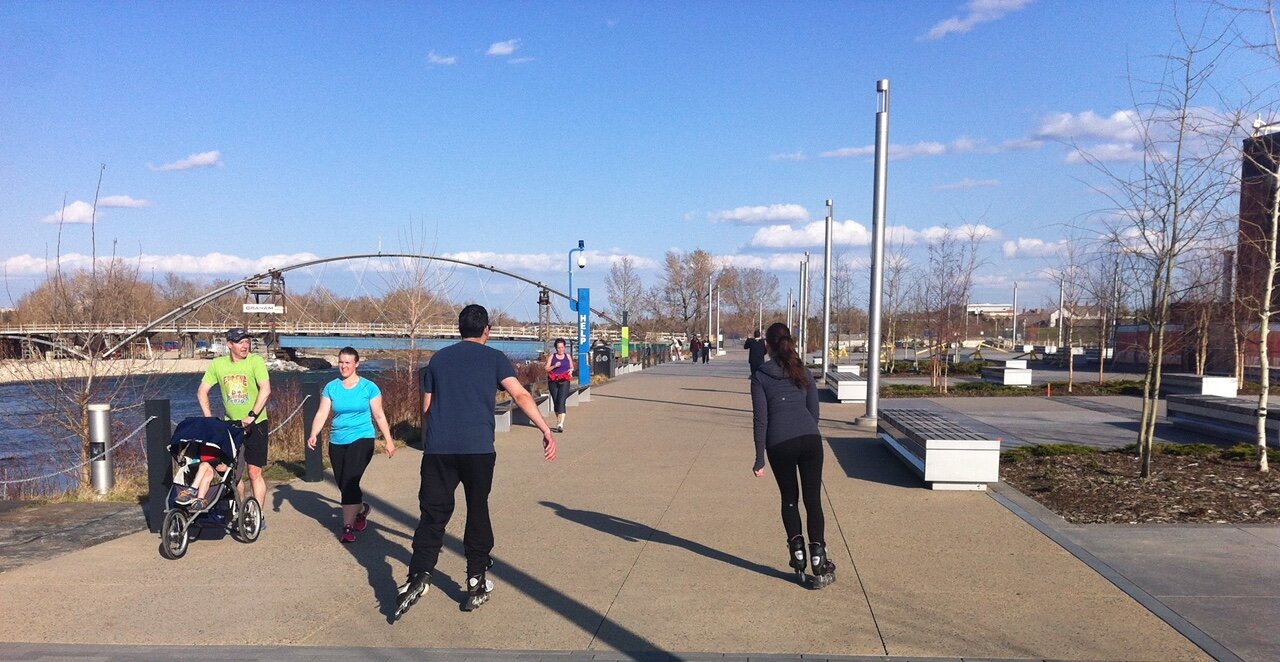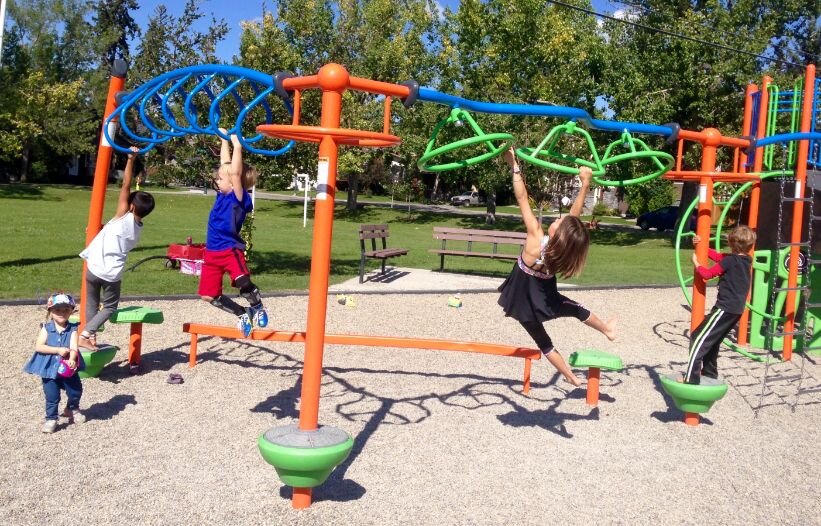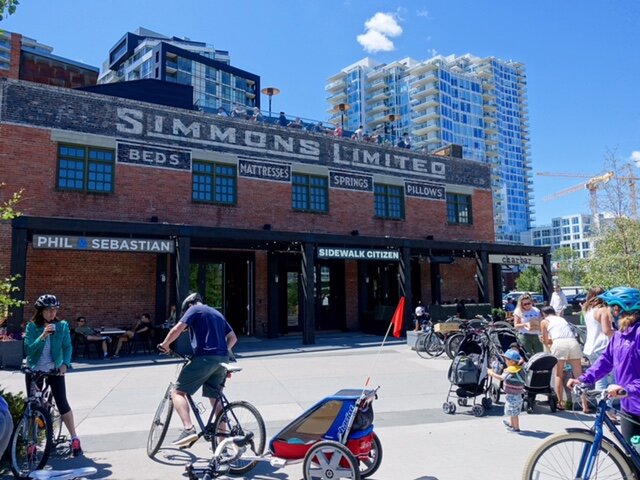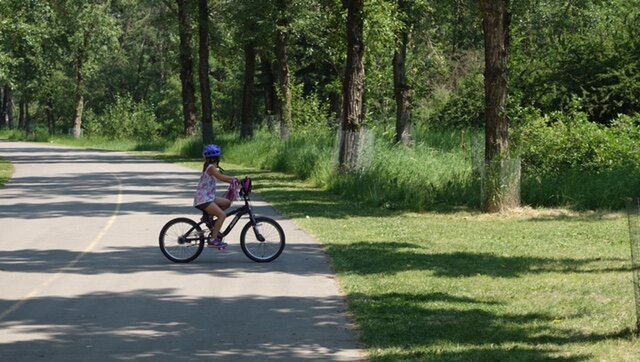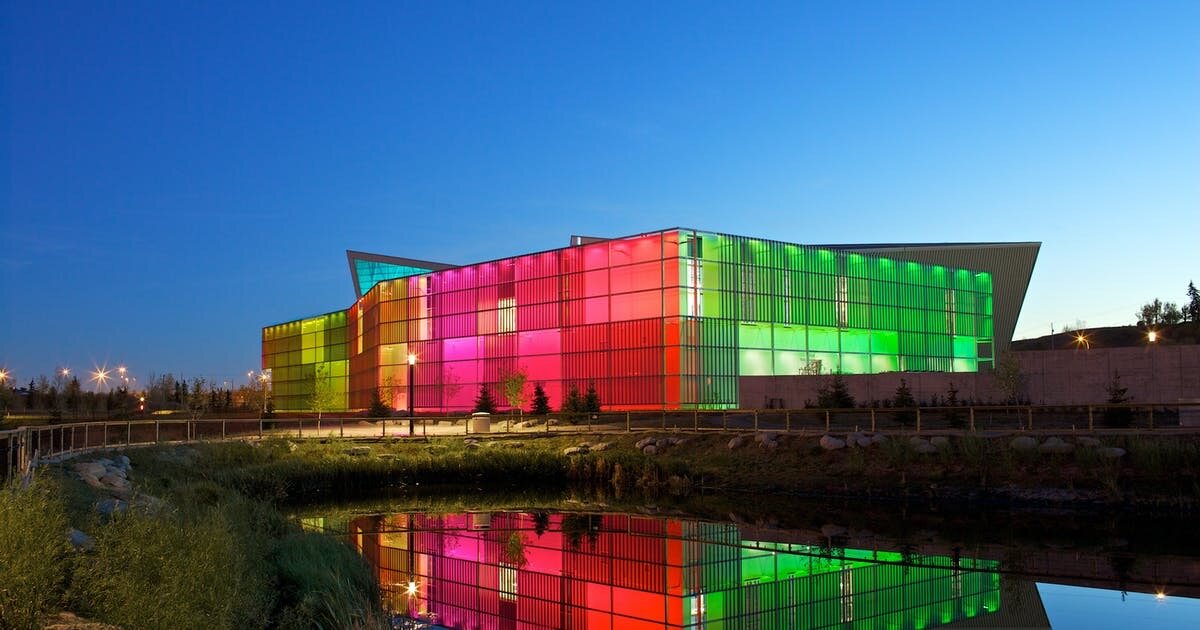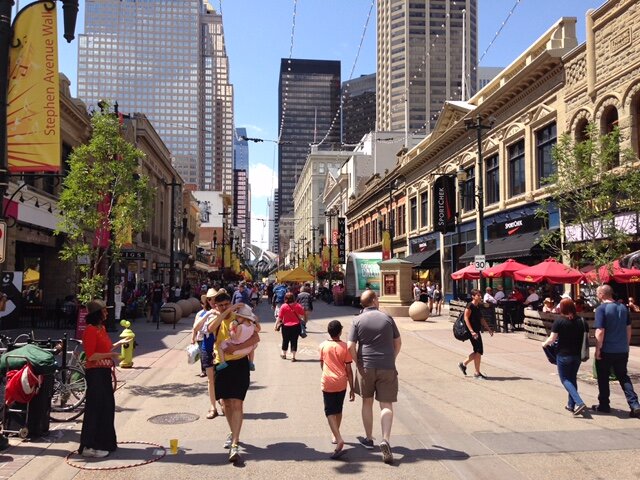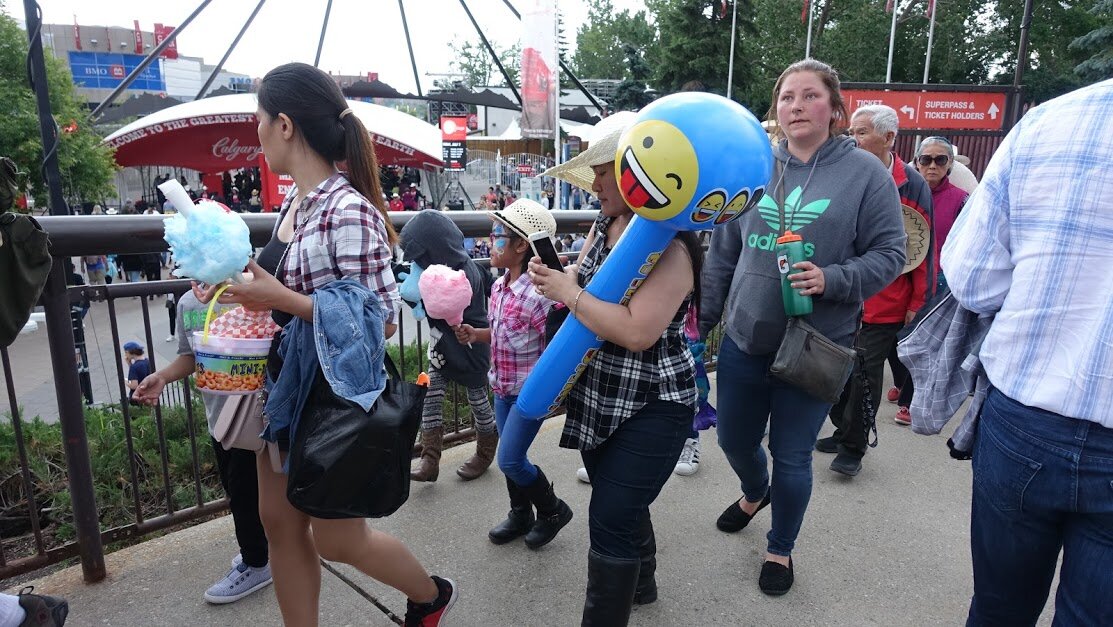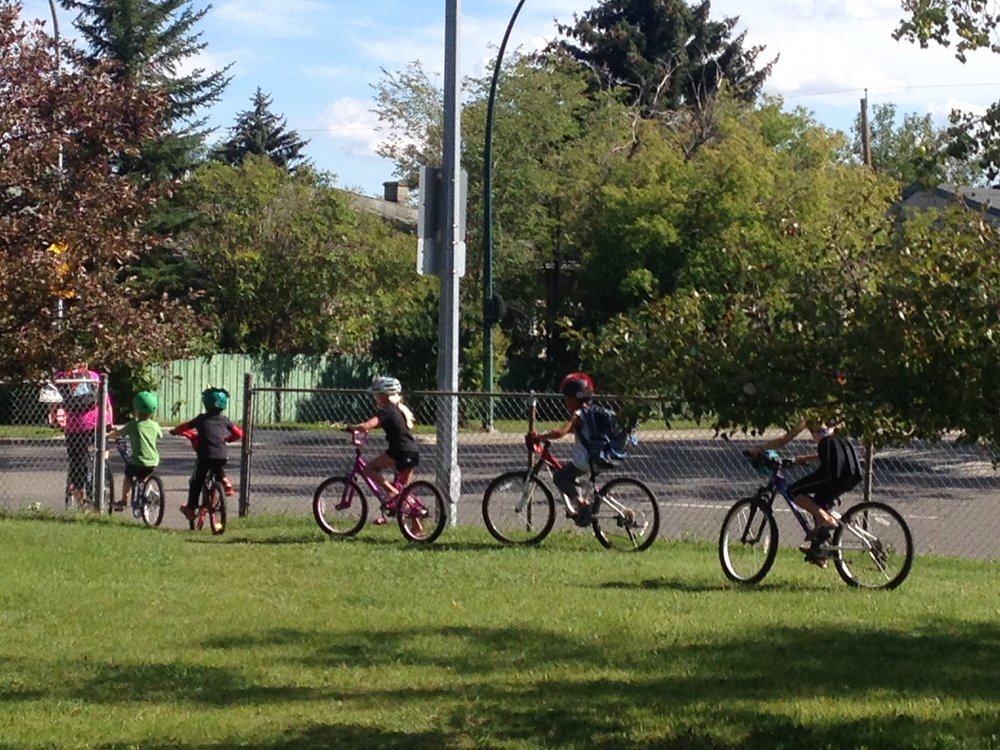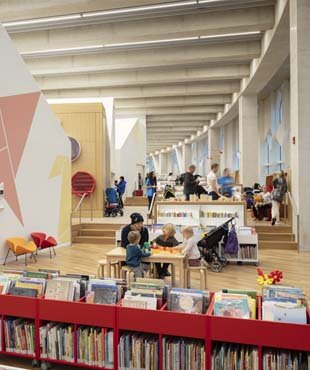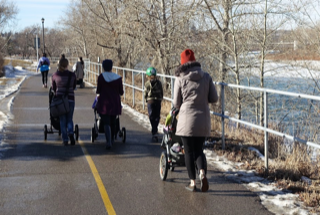Calgary's Sweet Spot: The Family Friendly City
“The average age of a successful startup founder is 45,” Harvard Business Review, July 2019, Link: Harvard Business Review Case Study
While most cities are chasing after the young and restless global entrepreneurs to move to their city and set up a new business, Calgary would be wise to focus their marketing on those in their late 20s and early 30s looking to raise a family.
What happens when the twenty somethings reach their thirties, as they all do? Most of them pair up and start raising a family, which means they start thinking about a house instead of an apartment, mortgage instead of rent, car instead of transit or a bike, about schools and playgrounds instead of bars and festivals.
Recently some urbanist were lamenting that from 2009 to 2019 Calgary’s population of 18 to 24 year olds declined by 4,401. What they failed to celebrate was that over the same period the population of 25 to 34 year olds grew by 20,115. The latter is the key demographic that Calgary should be targeting to attract as they are the young professionals who are going to become the corporate and creative industry leaders for the next 25+ years.
Let’s stop being ashamed of our affordable, big infill and suburban homes, with their backyards and double garages. Let’s start to brand Calgary as “North America’s Family Friendly City!” It is our sweet spot!
Grand Trunk Park is just one of 5,600+ parks in Calgary, including two of the largest urban parks in the world - Nose Hill and Fish Creek Parks.
Our safe neighbourhood streets are often transformed into playgrounds for activities like road hockey.
Let’s dare to be different!
Recently I sold two very cool “Bob Lounge Chairs” by Coalesse on Kijiji (which I had previously purchased on Kijiji) to a Calgary newcomer who had just bought a new house in Airdrie. One with two living rooms, something he shared with me several times. After we loaded the first chair into the back of his new KIA Telluride, with his young daughter sleeping in the back seat, I had to asked, “What brought you to Calgary?”
He told me he and his wife were living in a small flat in Paris with two children and another on the way and decided they needed to live somewhere more family friendly. He smiled and said “we were living the good life in Paris, but realized we needed more room.”
“Why Calgary I asked?” Turns out these two IT professionals born in Cameroon, picked Calgary because they could get a good paying job in their profession, as well as a big house and a big vehicle to get around in i.e. family friendly.
Then the lightbulb went on!
Calgary SHOULDN’T be focusing on trying to attract the young hip tech workers looking for big city culture and nightlife - which we don’t have! Rather, we should be trying to attract tech workers who are looking to settle down and raise a family.
Calgary is most livable city in North America
While Calgary is the 5th most liveable city in the world (The Economist 2019 survey), it probably isn’t in the top 50 (maybe 100) of the most exciting places to live for young entrepreneurs. I am betting Amsterdam, Austin, Berlin, New York, Barcelona, Paris, London, San Francisco, Melbourne, Sydney, Seoul, Toronto, Vancouver or Montreal enters their minds, long before Calgary.
If Calgary ever does!
A 2019 stay in London’s Clerkenwell district (aka design district) reminded me that Calgary isn’t on the global map when it comes to young creative professionals.
Ironically, as I was researching family friendly cities for this piece, “Movinga” a German relocation service published its Best Cities for Families Calgary was 8th out of 150 cities. Not surprising the top ten was dominated by northern European cities, but a big surprise was Quebec City coming in at #2 just behind Helsinki. Montreal was #9, Ottawa #14, neither Toronto or Vancouver made it into the top 20.
Calgary ranked high in several of the 13 factors that “Movinga” measured – affordability, education, air quality and neighbourhood safety. Can you believe Calgary had the highest ranking for education of all the top 10 cities? Our high unemployment rate hurt us as did kid’s activities, which surprised me. Like most city rankings smaller cities i.e. under two million people dominated the top 10.
This is view of West Hillhurst, with its community centre in the foreground, the Queen Elizabeth School (kindergarten to Grade 12) in the middle and downtown in the background. Link: West Hillhurst: Exploring My ‘Hood (photo credit: Ross Aitken)
Calgary is made up of 200+ communities, each with their own character and charm.
Calgary is cheap!
One of the biggest barriers to raising a family in global cities is housing affordability. So, rather than talking up our new library, music museum, bike lanes or festivals, Calgary should be promoting first and foremost how you can buy an 1,800 square foot house for under $500,000 US, just minutes from downtown or an even bigger house in the suburbs for the same price. This is unheard of in Vancouver, San Francisco New York or London.
When it comes to renting, you can’t afford to buy in the big global cities, a small one bedroom apartment rents for $3,400 USD in San Francisco and New York City - if you can find one. You could get a $450,000 3-year fixed mortgage in Calgary for about $1,800 USD/month which would be an annual saving of $19,000/year. Or you could get a very nice spacious apartment in the Beltline for $2,000 CDN or $1,523 USD per month and pocket $1,900 per month or $22,800 per year.
And yes, we should quote value in US dollars, not only does it make our housing look more affordable, but it just makes it easier for internationals to understand.
According to a study done by Zoocasa, based on December 2018 data, the most affordable North American cities were:
Calgary, AB
Oklahoma City, OK
Columbus, OH
Indianapolis, IN
Charlotte, NC
Yes, Calgary is #1.
The least affordable North American cities were:
San Francisco, CA
Vancouver, BC
Los Angeles, CA
San Jose, CA
Boston, MA
Calgary’s inner city communities are being revitalized with new family friendly infill homes. From 2018 to 2020, over 5,000 new homes were added to Calgary’s 36 inner-city communities. A good supply of new homes, means good prices for family homes along tree-lined streets near schools, downtown, parks and post-secondary schools.
Cars, Care & Schools
Second on the list of what makes Calgary attractive to parents is our average commute time - 26 minutes. Compared to 68 minutes in San Francisco or 74 minutes in London or 43 minutes in New York City, this is HUGE for parents of a young family.
Calgary is a great place for families to live because it is clean and safe relative to other big cities. Also our schools and health care are attractive and inexpensive when you compare to most other cities. And, Calgary has one of the most child-friendly (read fun-looking) hospitals in the world. I can’t recall ever seeing the Alberta Children’s Hospital in a promo video.
UNICEF’s “Child-Friendly Cities” initiative that encourages cities around the world to consider the perspectives, needs and interests of children when making decisions and developing policies and programs. Among its key points, the initiative calls for children to “Live in a safe, secure and clean environment with access to green spaces where they can meet play and enjoy themselves.”
Hey - that’s Calgary. Did you know that every Calgarian is within a five minute walk to a park?
Yes, Calgary is blessed with over 5,600 parks and open spaces, as well as 1,000 km of pathways, over 100 dog parks (dogs are a big park of family life these days) and 1,000 city playgrounds (that’s about 5 per community, and that doesn’t include school playgrounds). And our modern recreation centres offering a plethora of programs and activities that makes them a welcoming gathering place for people of all ages and backgrounds living in the communities surrounding them.
While some anti-car advocates say Calgary isn’t family-friendly because it is so car-oriented, I would argue most international families would love the fact they can own a car and drive their kids to places rather than using crowded transit or cycling - especially in the middle of winter.
While some may lament Calgary’s car dominated culture, Calgary drivers are some of the most pedestrian friendly in the world. There are not many cities where drivers routinely stop and let families cross the street (walking or cycling).
And, Calgary is one of the most ethnically diverse cities in North America, making it an attractive place for international families looking for raise a family in a welcoming society.
Link: Healthy cities embrace a diversity of communities.
Need Family Friendly Index
Back in 2002, Richard Florida wrote the book “The Rise and Fall of the Creative Class.” His premise was in the 21st century young creative professionals would choose where they wanted to work based on how bohemian, gay friendly and ethnically diverse a city was. The creative class included everyone from software engineers to dancers, from IT professional to chefs. He argued it would be the employees, not the corporations, who would determine what cities would thrive in the 21st century, as companies would move to cities where their employees wanted to live or are already living to avail themselves of the knowledge workers they needed.
We saw this exact situation when Amazon was determining where they would locate their second headquarters.
Florida created several indexes (Bohemian, Diversity, Talent, Gay) to help cities identify their strengths and weaknesses in attracting the creative class. Soon cities around the world were scrambling to see how they measured up and determining how they could get themselves a higher ranking.
What Florida missed was the “Family Friendly” Index. Calgary would rank high with its great parks, pathways, recreation centres, ski hills, skate parks, bike parks, dog parks, libraries, zoo, science centre, museums, diversity of schools, festivals, hospitals and communities.
Last Word
Perhaps Calgary Economic Development should adopt the moniker “Calgary: The Family Friendly City” or maybe “The Family Fun City” as we try to attract young talent. And how about including more families having fun in our promotional videos, rather than the young and restless. Just a thought!
Recently Clever Canadian Ranking of 51 Most Child-Friendly Cities in Canada, Calgary was #3.
If you like this blog, you will like these links:
Calgary: Ideal place for entrepreneurs to thrive post COVID


